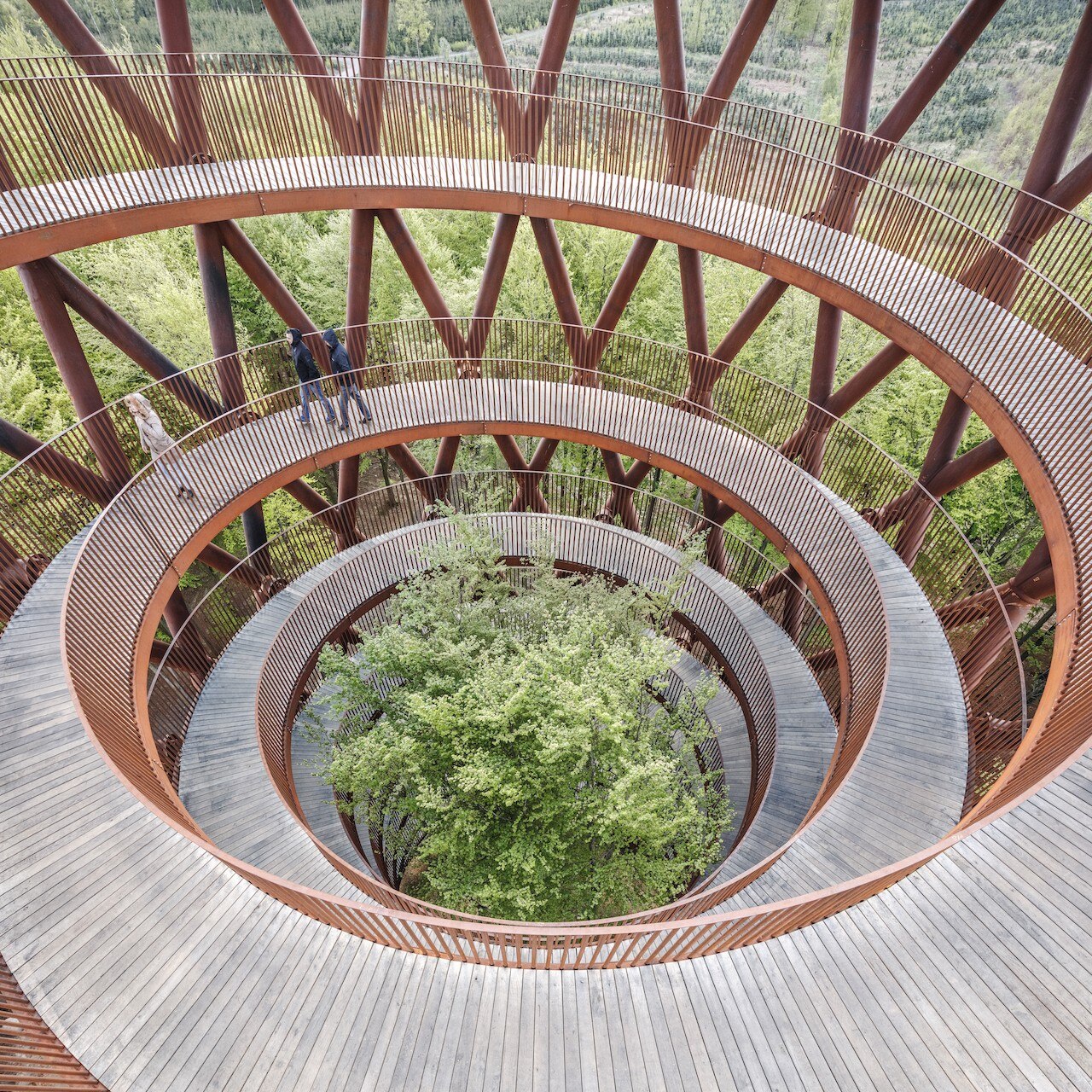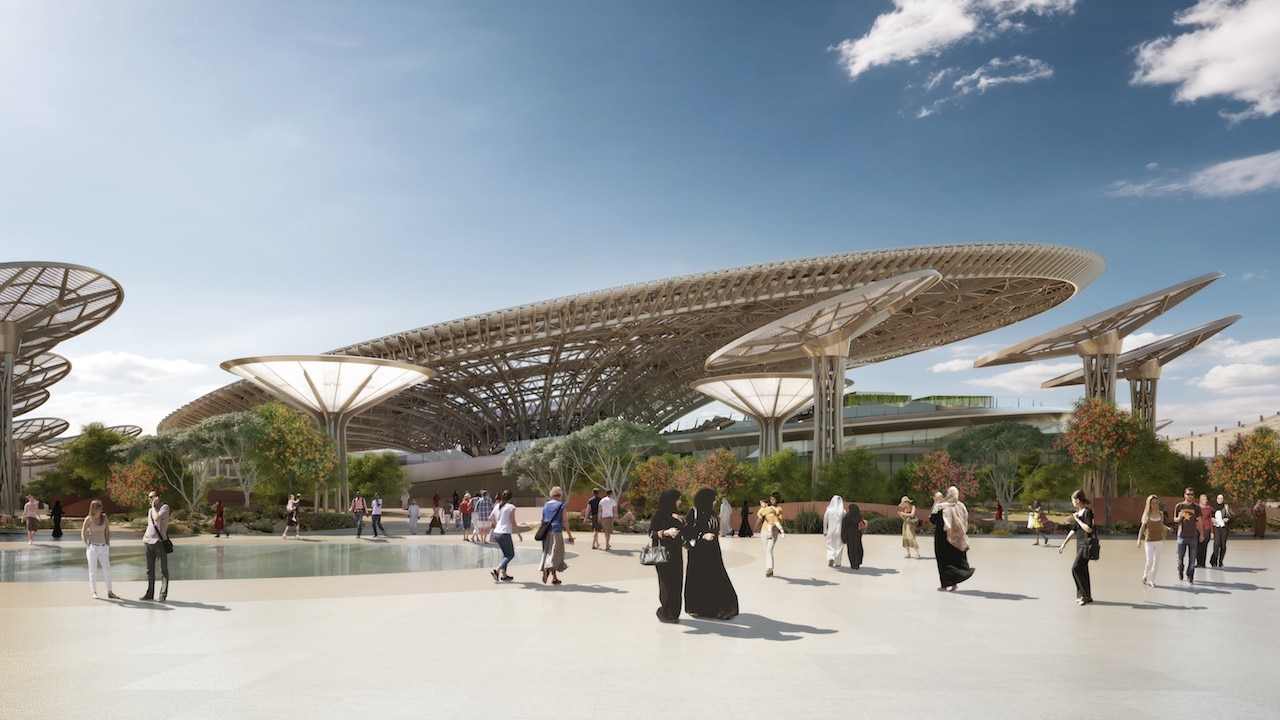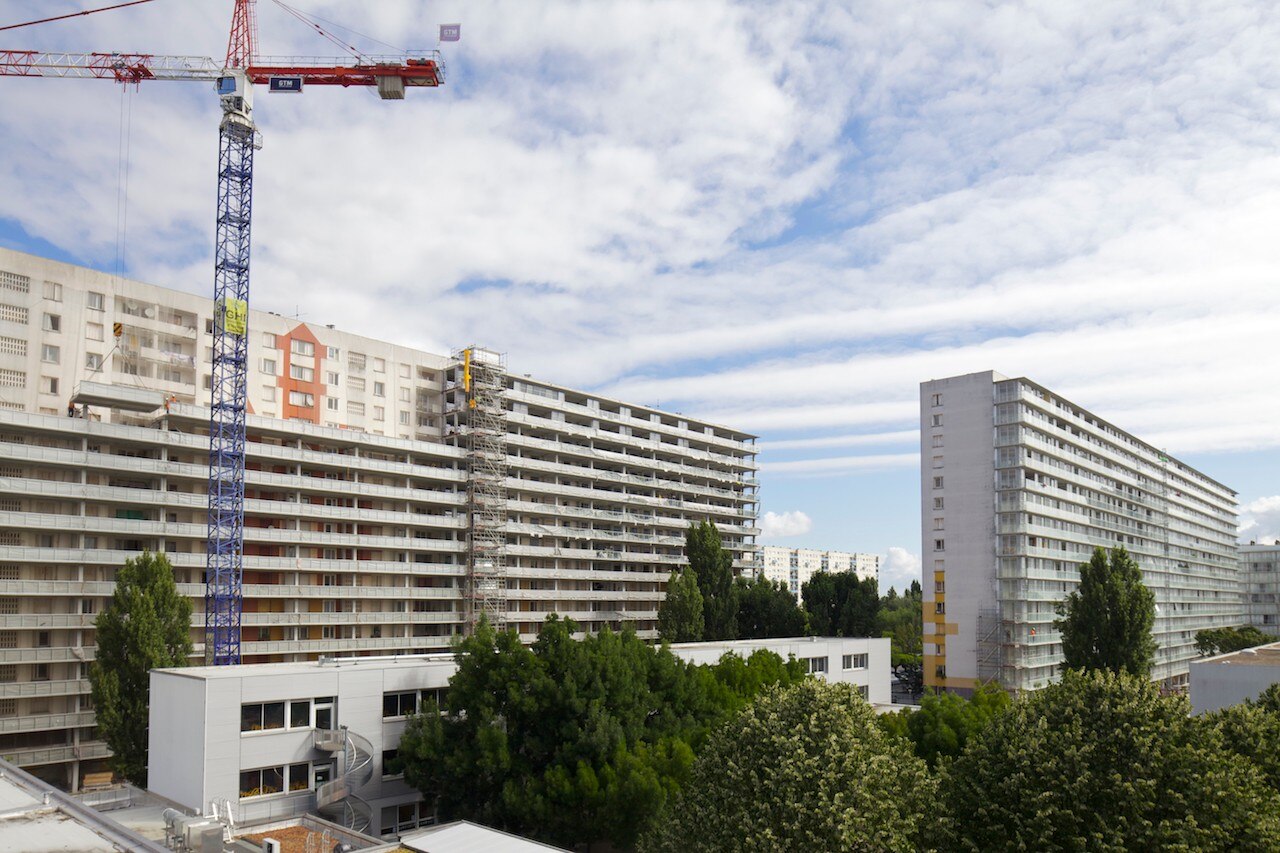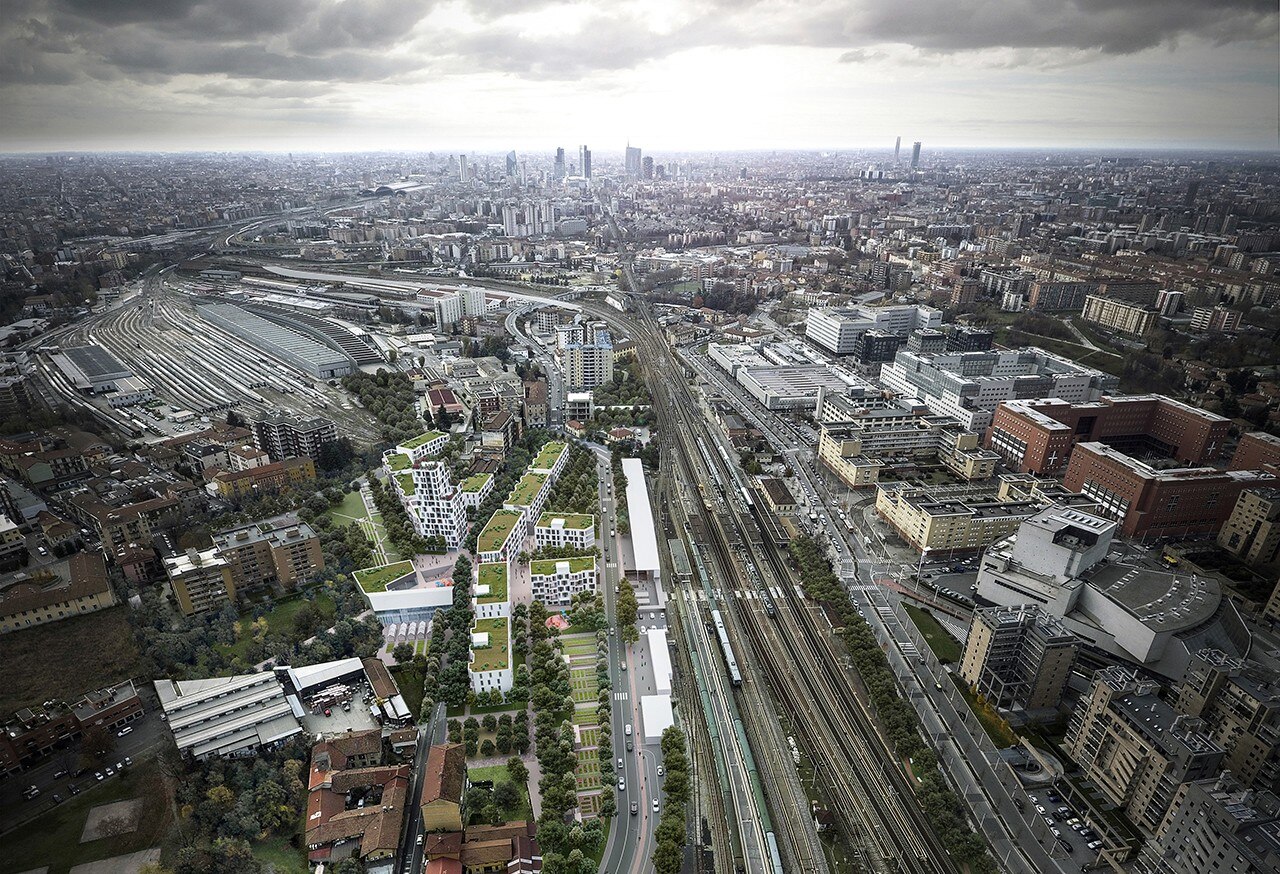This article was originally published on the supplement of Domus 1038, September 2019
When I started discussing with Domus the possibility of contributing to an issue of Domus EcoWorld about sustainable design seen through the lens of the United Nations Sustainable Development Goals, we at the Arup company had just started a process (which continues today) of transforming our organisation and expanding our perspective in order to contribute to the achievement of those ambitious goals.
Domus EcoWorld 2019 investigates how the UN goals can improve our living environments. Sustainable development is defined in Transforming our world: the 2030 Agenda for Sustainable Development, an agenda that was adopted by all 193 member states of the United Nations on 25 September 2015. The agenda “provides a shared blueprint for peace and prosperity for people and the planet, now and in the future.” At its heart are the 17 Sustainable Development Goals (SDGs).
Working toward the year 2030, the SDGs are the broadest sustainability framework we have in the world today. They form a comprehensive approach to the global challenges that we and our planet are facing: the Earth’s finite resources, ecological damage, climate change, poverty, social inequality, population increase and its ageing.

Across the world, governments, international organisations and companies are adopting the SDGs by changing their policies, their business practices, and by lessening their impact on the environment and society.
By combining the two terms “sustainable” and “development” the United Nations recognises the need to foster economic and technical development while enhancing the world culturally and socially to ensure better living conditions for people and communities everywhere. But this cannot be achieved without some fundamental actions: the decoupling of growth from resource use; the regeneration of the planet; and the transition to a zero-carbon economy.
Considering the complexity of the SDGs framework, the importance of a systemic approach is evident. We have entered a new era in which scientific, humanistic, economic and digital sciences are parts of a whole. All must dialogue together in pursuit of shared aims.

The Goals and Design: territory to explore
EcoWorld 2019 explores how architecture and design can play an important role in sustainable development. A series of key questions emerges from this journey. What is the role of architects, designers, engineers and other specialists in this new scenario? Is creativity changing shape? Do we need to redefine traditional boundaries? How can we create value locally and share it globally? How can we solve local problems by working globally? What does a circular future look like? What type of environments will we be living in?
When we look at the scale of the problem and at the vastity (targets and indicators) of the UN SDGs framework, we might find ourselves asking how each of us can give a meaningful contribution to sustainable development.
I believe there are many ways, both on an individual level and on a systemic, collaborative level, the latter of which is more effective. Goal 17 pertains to partnership, indicating it as the only way to achieve the goals by 2030. In order to work together we must share objectives and speak a common language to understand each other. And ultimately, to do so we must share the same values, or, paraphrasing Karl Jaspers, the same psychology of the vision of the world, “the map of the territory we conceptually own at that moment” (Psychologie Der Weltanschauungen, 1925). We cannot ignore the need to develop ethical behaviour towards nature, thereby reconsidering the fundamental relationship between humans and nature.

In Domus Green 2017 we investigated that relationship from a technical post-anthropocentric perspective. Since then, I have drafted the following four principles, which I believe should drive our approach to design.
1) Designing for Humans and Nature. We must shift from the practice of designing for humans respecting nature to designing for humans and nature combined, generating mutual benefits and shared value. The aim is to value natural capital in our designs and in our cost-benefit analyses. This is a logical evolution of the concept of sustainability. How can we remediate the ecological damage we have generated over the past 50 years? How can we avoid causing the same result over the next 20 years?
2) The Redefinition of Boundaries. We must break down the barriers between the traditional segments within which we are used to operating and thinking. This will allow us to evolve the relationships between culture and nature; built surroundings and natural environment; private and public; supply industry and construction industry; product and source; waste and resource; user and producer.
3) The Consideration of Time. (See the book by Enzo Tiezzi, Tempi storici, tempi biologici published by Donzelli Editore, Rome 1984). Human, or historical, time needs to be seen in a biological perspective in order to understand our impact on the planet in this era, the Anthropocene. We must look beyond the traditional design timeframe (project delivery, construction and life cycle) with an eco-systemic approach that takes into consideration not only the object, but also its implications for the natural and social environments. In other words, design will become “evolutionary”.
4) Embracing Digital Technology. To rise to the challenge of these principles, we must embrace digital technology by using its processes and potential in a conscious fashion to understand and measure impacts and results in advance. Digital technology can help guide our design decisions. Many types of digital processing promote the collaboration and cooperation that are essential to working toward the 17 SDGs.
Readers of this new edition of EcoWorld will find examples of the above-mentioned principles in the intentions behind the experiences, lives and projects featured.
Paolo Cresci (Massa, 1970) has a master’s degree in engineering from Pisa and a post-graduate degree in sustainable architecture from the Milan Polytechnic. Cresci is the head of sustainability and building services at Arup Italia.
Opening picture: Railway Yard Greco Breda, Milan. “L’innesto” is the winner of the competition Reinventing Cities launched by the C40 Cities Climate Leadership Group and the City of Milan to rehabilitate the Scalo Greco railway yard owned by Ferrovie dello Stato Sistemi Urban. © Barreca & La Varra, Wolf Visualizing Architecture


